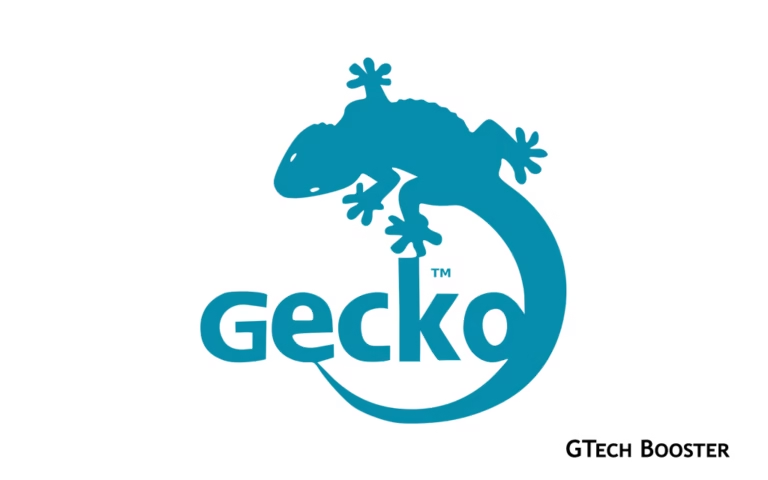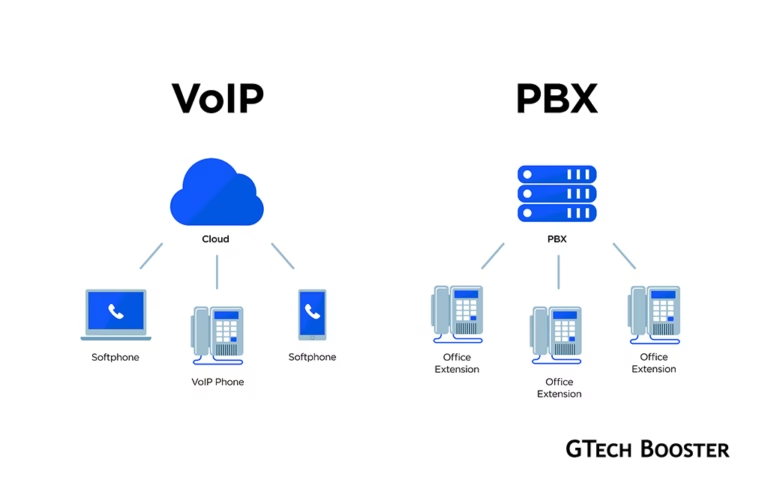How Logical Volume Management Transforms Your Disk Storage Forever
Logical Volume Management (LVM) is like giving your computer's storage a superpower — the power to adapt and grow just like a living thing, all without interrupting what you're doing.

Logical Volume Management (LVM) is like giving your computer’s storage a superpower — the power to adapt and grow just like a living thing, all without interrupting what you’re doing. Imagine having a magic box where you can pull out just the right amount of space exactly when you need it, combine different boxes to make a bigger one, or even take instant snapshots to save a moment in time. That’s LVM, the flexible hero of storage management in Linux systems.
LVM is a storage virtualization technology used primarily in Linux environments that allows system administrators to manage disk storage space more flexibly than traditional partitioning methods. It creates an abstraction layer over physical storage devices, enabling dynamic allocation and management of storage volumes.
The Magic Behind LVM
Traditional disk partitions are rigid — once set, resizing them is tricky and risky, like trying to stretch a suitcase that’s already full. LVM transforms physical disks into a pool of flexible storage, called volume groups, from which you carve out logical volumes that behave like normal partitions but with incredible agility. Need more space? Just grow your logical volume on the fly. Running out of room on one disk? Spread your storage across multiple disks seamlessly.
LVM thrives on physical volumes (PV), they are the actual physical storage devices (like hard drives) that LVM uses as the building blocks for creating logical volumes. Each PV is initialized with a header that designates it for LVM management. A collection of PVs called volume group (A VG is a collection of PVs) forms a pool of storage from which logical volumes can be created. This pooling allows for easier management and expansion of storage. Logic volumes are the virtual partitions created from the space in VGs. LVs can be resized and managed independently of the underlying physical hardware, providing significant flexibility.
Why LVM Matters in the Real World
In a bustling data center or a dynamic cloud environment, downtime is the enemy. LVM lets system administrators expand storage for a live database without stopping the service, combine old smaller disks into a single, powerful volume, or create snapshots to safely back up data — all while users keep working uninterrupted. In development and testing setups, it offers the freedom to create, resize, or delete storage volumes as needs evolve, making it an indispensable tool for flexibility and efficiency.
Real-Life Scenarios Where LVM Shines
| Scenario | Why LVM Helps |
|---|---|
| Expanding a running database | Grow logical volume without downtime |
| Consolidating small disks | Combine multiple disks into one manageable pool |
| Cloud server storage scaling | Easily extend volumes as the server grows |
| Scheduled backups on live systems | Use snapshots to secure data without stopping services |
| Dynamic environments | Create and destroy volumes on demand for testing/dev |
With commands as simple as lvextend to grow volumes or lvcreate to make new ones, managing storage becomes a breeze even in the most complex setups. LVM empowers administrators to keep systems flexible, efficient, and ready to meet changing storage demands without breaking a sweat.
Imagine you’re running a busy server, and suddenly you realize your disk is full — but there’s no downtime allowed to fix it. Traditional storage feels like a rigid puzzle with fixed pieces, but Logical Volume Management is like having a magic expandable suitcase: you can add space on the fly, rearrange it effortlessly, and keep everything running smoothly without skipping a beat.
Gabby
The Basic Understanding
In essence, Logical Volume Management frees storage from the chains of hardware limits, turning it into a responsive, scalable resource that bends to the will of users and applications alike—making it a cornerstone of modern Linux storage administration.











